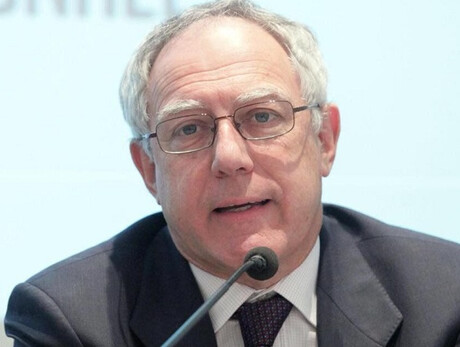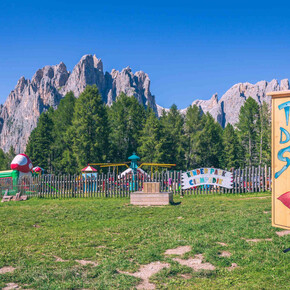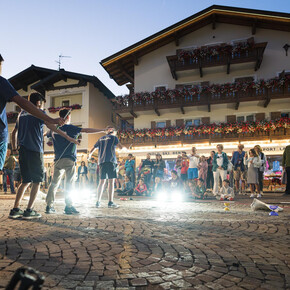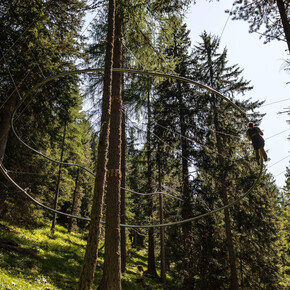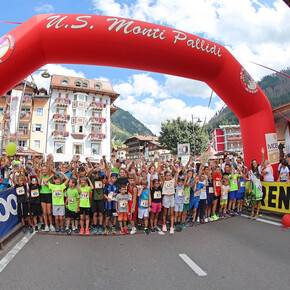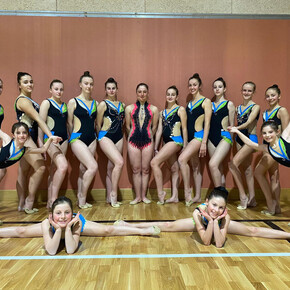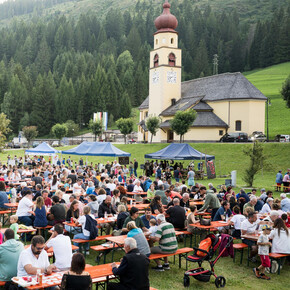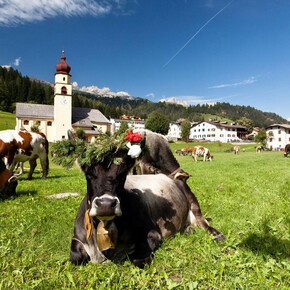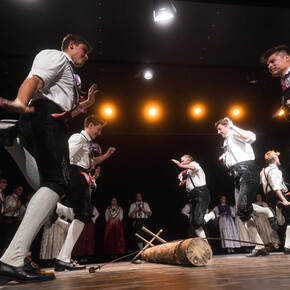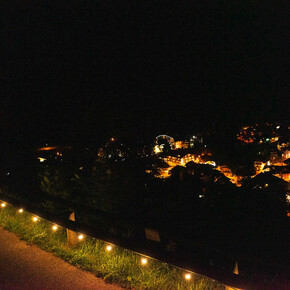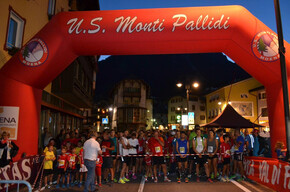Eulogy to modernism - Meeting with Flavio Caroli
Castel Ivano's room - at 6pm
Degasperi’s August 2019
Meeting with Flavio Caroli, historian and art critic
A journey on the paths of those artists who decided not to portray their society, but to be lonely prophets of the future.
Ivano Fracena, Castel Ivano room, at 6pm
The famous critic John Ruskin used to tell that his friend Lady Simon while on a train coming back from the Devonshire during a storm, saw a passenger getting up and sticking his head outside the window. Once back in the man said that he wanted to “enjoy the view”. That weird passenger’s name was William Turner and that view would have then become “Rain, Steam and Speed”. This, for Flavio Caroli, is one of the first explosions of innovation inside a painting: before the futuristic precipitations and the deconstructions of Cubism there was the velocity of this train. From here starts our journey between ‘800 and ‘900, following the paths of those artists that decided to obey an artistic need that was going against tradition and the middle class thoughts and deciding for the time “not to portray their society, but to be lonely prophets of the future”. One of the main contemporary art historians explains the bond between time and art, reinterpreting that artistic moment that has been able to foresee fears and dreams of today’s society.
Meeting with Flavio Caroli, historian and art critic
A journey on the paths of those artists who decided not to portray their society, but to be lonely prophets of the future.
Ivano Fracena, Castel Ivano room, at 6pm
The famous critic John Ruskin used to tell that his friend Lady Simon while on a train coming back from the Devonshire during a storm, saw a passenger getting up and sticking his head outside the window. Once back in the man said that he wanted to “enjoy the view”. That weird passenger’s name was William Turner and that view would have then become “Rain, Steam and Speed”. This, for Flavio Caroli, is one of the first explosions of innovation inside a painting: before the futuristic precipitations and the deconstructions of Cubism there was the velocity of this train. From here starts our journey between ‘800 and ‘900, following the paths of those artists that decided to obey an artistic need that was going against tradition and the middle class thoughts and deciding for the time “not to portray their society, but to be lonely prophets of the future”. One of the main contemporary art historians explains the bond between time and art, reinterpreting that artistic moment that has been able to foresee fears and dreams of today’s society.


